Best lenses for the Leica SL3 in 2025
Leica’s 60MP flagship produces superb images that deserve the best glass – so what are the best lenses for the Leica SL3?
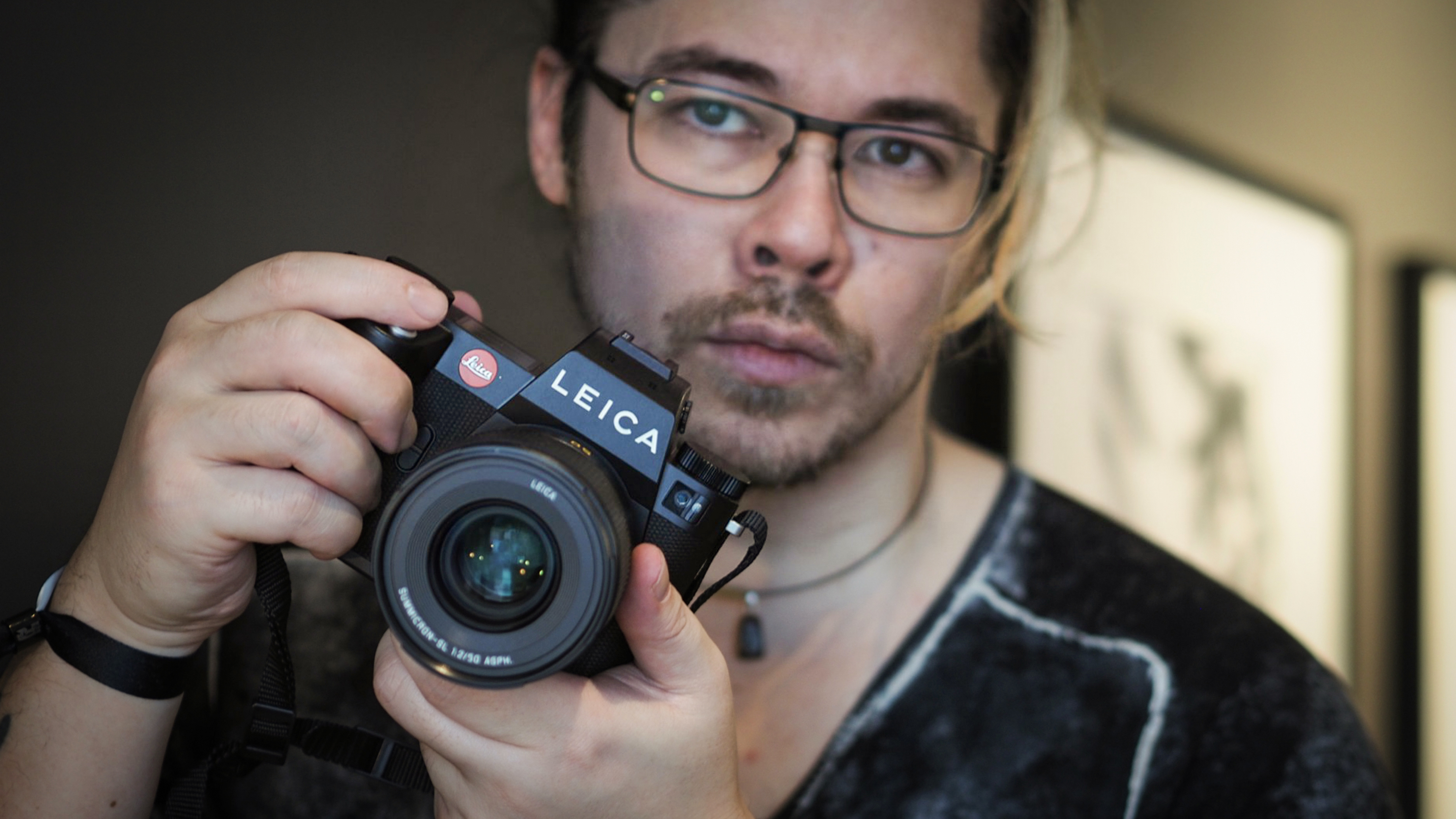
The Leica SL3 marks a huge step forward for Leica’s mirrorless SL range, with stunning image quality, powerful video features and a long-awaited switch to phase-detect autofocus. Digital Camera World editor James Artaius was so impressed he considers it the best Leica camera ever made and the first Leica he would actually buy.
The Leica SL3 is not just one of the highest resolution cameras on the market, it is, for studio and commercial work, one of the best professional cameras too, even at this price point. Leicas have always been expensive, but recently the pro products from other brands have been getting ever more costly too. The gap is nowhere near what it used to be.
The 60MP sensor in the SL3 delivers not just fabulous detail rendition but exceptional overall image quality, so if you buy one of these cameras you’ll need the best possible lenses to go with it. We do have a guide to the best L-mount lenses, but that covers all brands, and we think that anyone who invests in an SL3 is going to want Leica glassware to go with it.
So here’s our list of what we think are the best lenses for Leica SL3. Some are expensive, as you would expect, but some are really quite close to other brands – and some are quite unique to the Leica SL lens range.
We’ve included all the Leica zooms, because these have some very interesting alternatives, and the SL3 is a professional camera likely to be used in situations where focal length flexibility is important. We haven’t included all the primes, partly because there are some confusing alternatives (like regular vs FAR more expensive APO versions) and partly because this is where Leica’s prices really do start to sting. We also have to call out the excellent Sigma Contemporary L-mount primes, which are beautifully made, come with old-school aperture rings and cost a LOT less. Sacrilege, we know, but still something to think about…
Best lenses for the Leica SL3
Why you can trust Digital Camera World
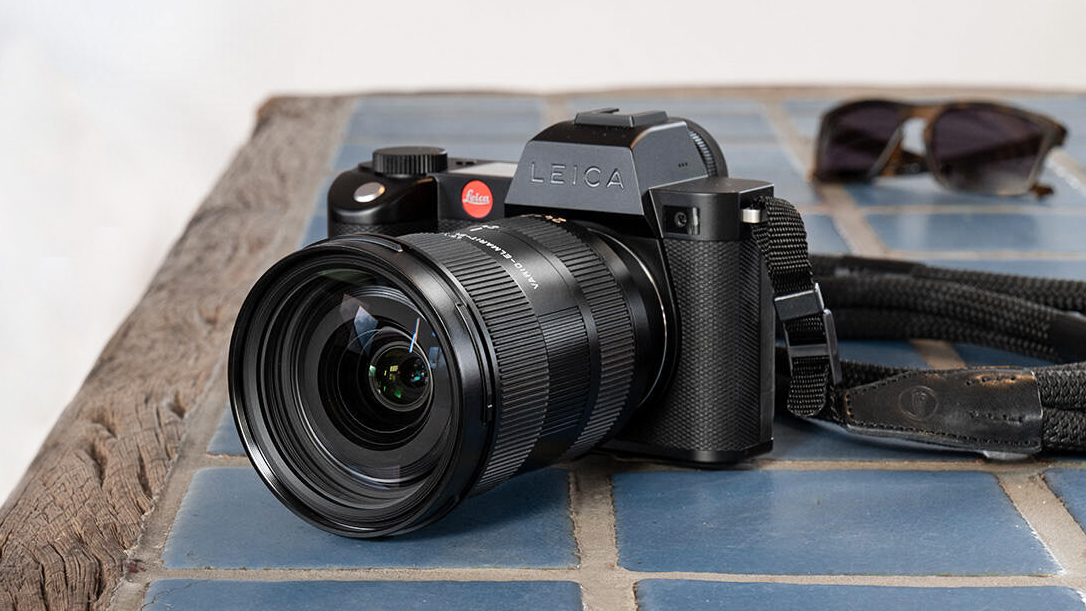
Specifications
Reasons to buy
Reasons to avoid
Leica SL3 users have a couple of choices of standard zoom. The Vario-Elmarit-SL 24-70mm f/2.8 ASPH. is the most logical since it has the 24-70mm f/2.8 specification now used for pro standard zooms the world over. Leica has kept this lens smaller and lighter by not using an optical stabilizer, but the SL3 does of course have a 5-stop IBIS unit built in. Optically, it’s first rate – though the corner sharpness is a bit disappointing in a pro lens from 50mm up to 70mm. This lens also uses an extending lens barrel rather than an internal zoom mechanism though, to be fair, that’s pretty normal on lenses of this type.
See our full Leica Vario-Elmarit-SL 24-70mm f/2.8 ASPH. review with lab results
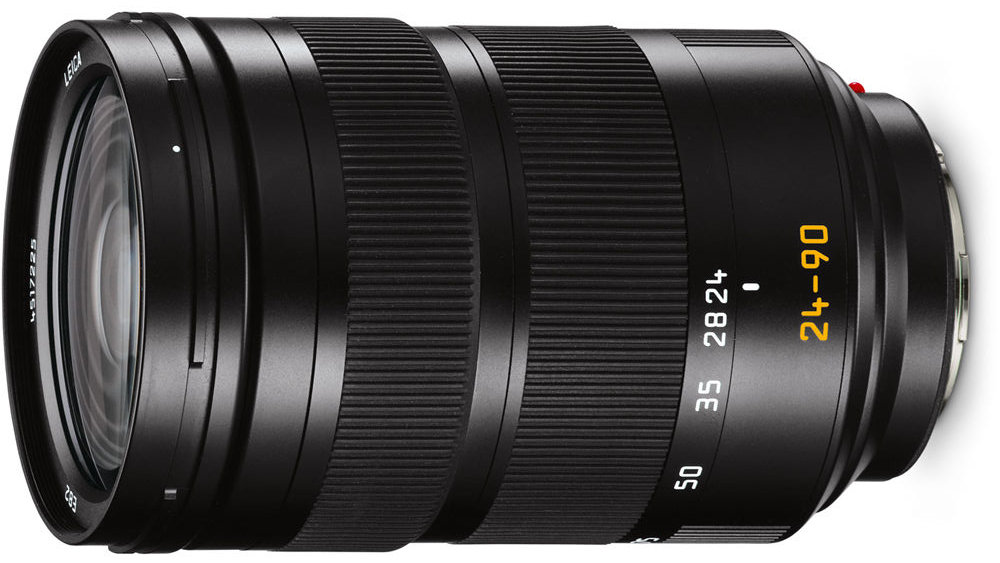
2. Leica Vario-Elmarit-SL 24-90mm f/2.8-4 ASPH.
Specifications
Reasons to buy
Reasons to avoid
If you set your sights a little higher (or further away), the Vario-Elmarit-SL 24-90mm f/2.8-4 ASPH. makes a very compelling alternative to the regular 24-70mm. The increase in maximum focal length comes at a cost, and it’s not just a financial one, since you get a variable f/2.8-4 maximum aperture. That’s still pretty fast for a lens with this focal range, but could be annoying if you like to maintain exposure settings while zooming. Leica uses a variable aperture on many of its zooms – clearly the company doesn’t like to push optical designs past their limits just for the sake of bragging rights. This lens has a very exotic optical construction which includes four aspherical elements and no fewer than 11 anomalous dispersion elements, which helps explain its substantial price premium over the regular 24-70mm.
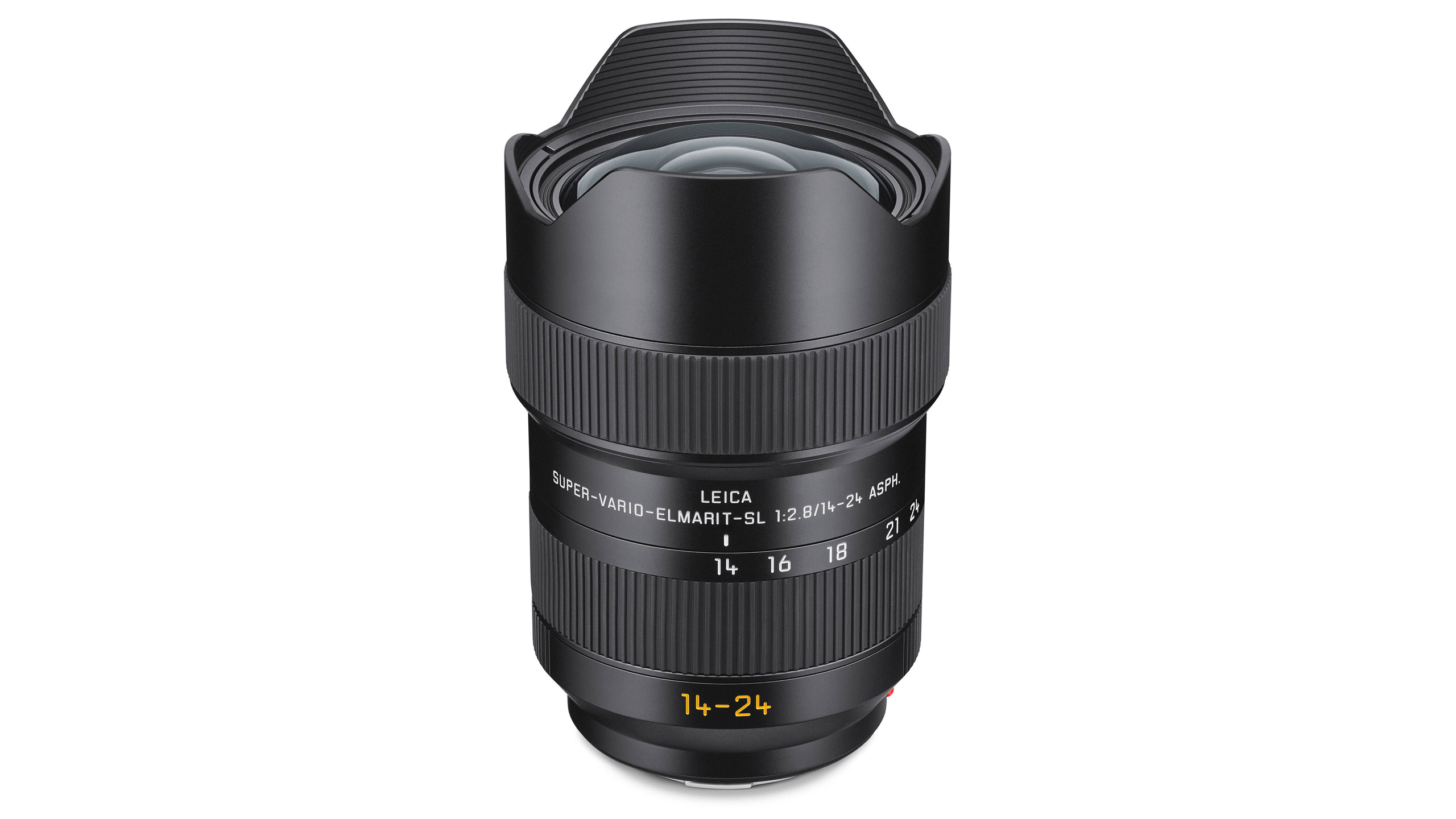
3. Leica Super-Vario-Elmarit-SL 14-24mm f/2.8 ASPH.
Specifications
Reasons to buy
Reasons to avoid
This is not the only ultra-wide Leica zoom. There’s also the Leica Super-Vario-Elmar-SL 16-35mm f/3.5-4.5 ASPH., but this is a very much more expensive lens, and while it does have the convenience of a regular 82mm front filter mount and a longer and potentially more useful (for some) focal range, it hardly seems worth the extra cost. The Super-Vario-Elmarit-SL 14-24mm f/2.8 ASPH. is half the price, lighter and more portable and has a constant f/2.8 maximum aperture. It’s not even that expensive by own-brand ultra-wide pro zoom standards.
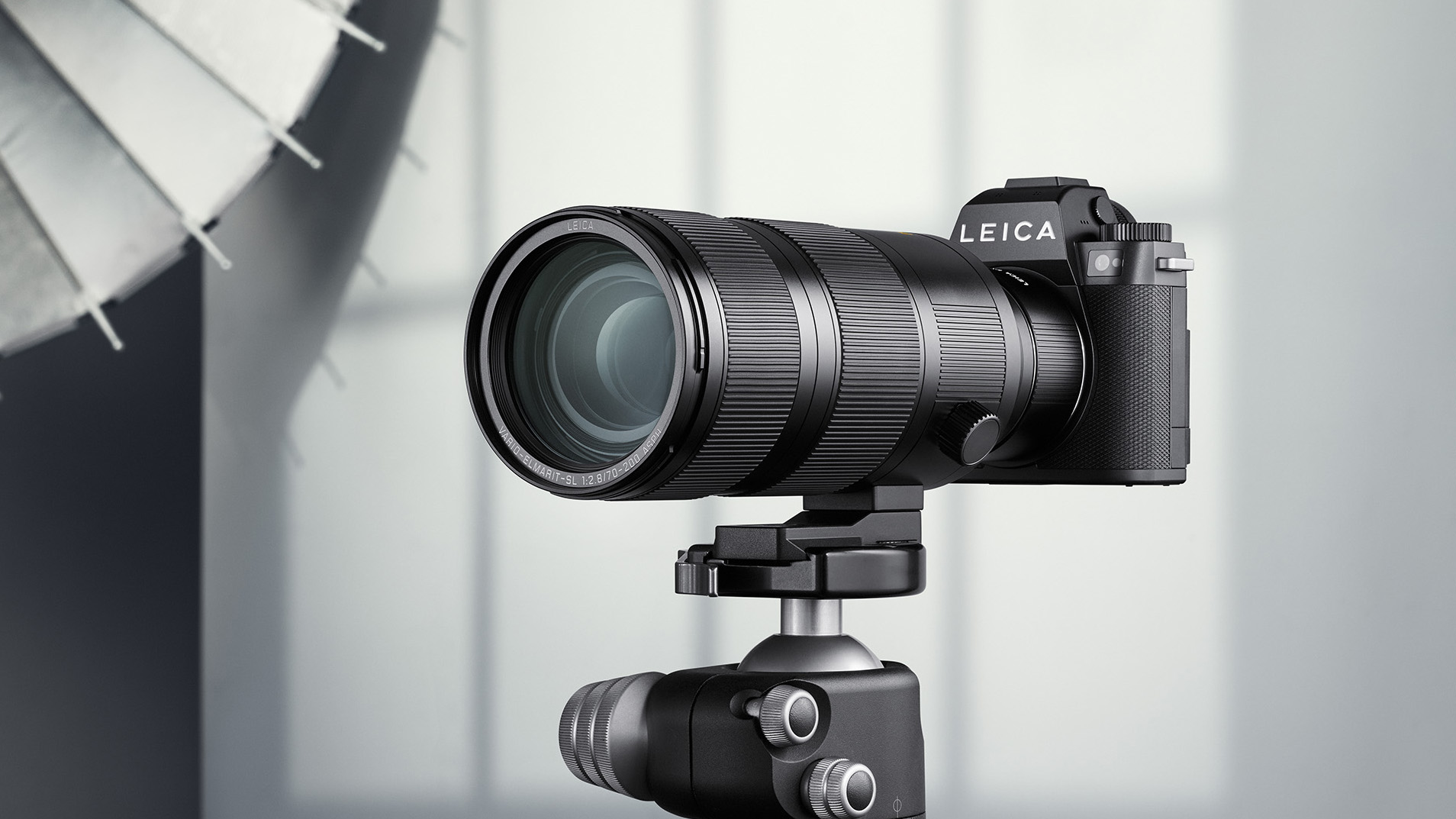
4. Leica Vario-Elmarit-SL 70-200mm f/2.8 ASPH.
Specifications
Reasons to buy
Reasons to avoid
Own-brand pro lenses have been steadily creeping up in price especially in the mirrorless era, so although this is a Leica lens, it’s in the same price ballpark as equivalent lenses from other brands. You can set up your SL3 with a trio of f/2.8 ‘trinity’ wide, standard and telephoto zooms for not much more than the cost of an equivalent Canon, Nikon or Sony setup. The Vario-Elmarit-SL 70-200mm f/2.8 ASPH. springs few surprises, offering the same focal range and maximum aperture as rivals, with Leica’s beautiful minimalist design, water and dust resistance and a water-repellent Aqua-Dura coating for the front element.
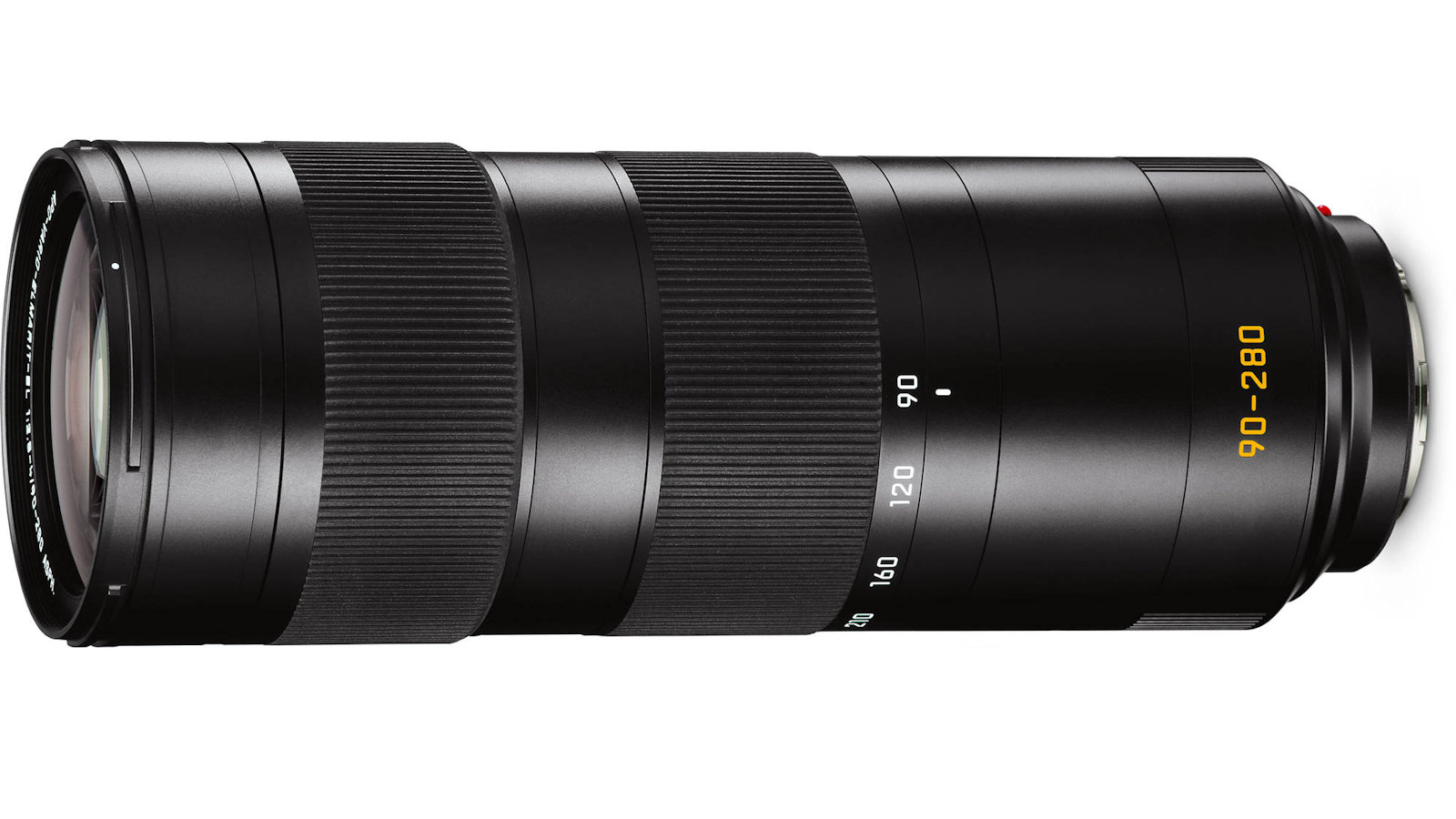
5. Leica APO-Vario-Elmarit-SL 90-280mm f/2.8-4
Specifications
Reasons to buy
Reasons to avoid
A 70-200mm f/2.8 might seem a no-brainer choice for a pro telephoto zoom just because that’s what everybody else does. But what if 200mm just isn’t quite long enough? The Leica APO-Vario-Elmarit-SL 90-280mm f/2.8-4 takes the concept a step further with a focal range around 25% longer to offer much more ‘reach’ – and this becomes longer still if you take advantage of the SL3’s crop modes, and with 60MP to play with, that’s not such a crazy idea. The Vario-Elmarit-SL 90-280mm f/2.8-4 is certainly expensive, and it’s a shame it has a variable maximum aperture. But then look at it this way – how much would you pay for a 300mm f/4? This lens nearly gets there, and it has the flexibility of a zoom too.
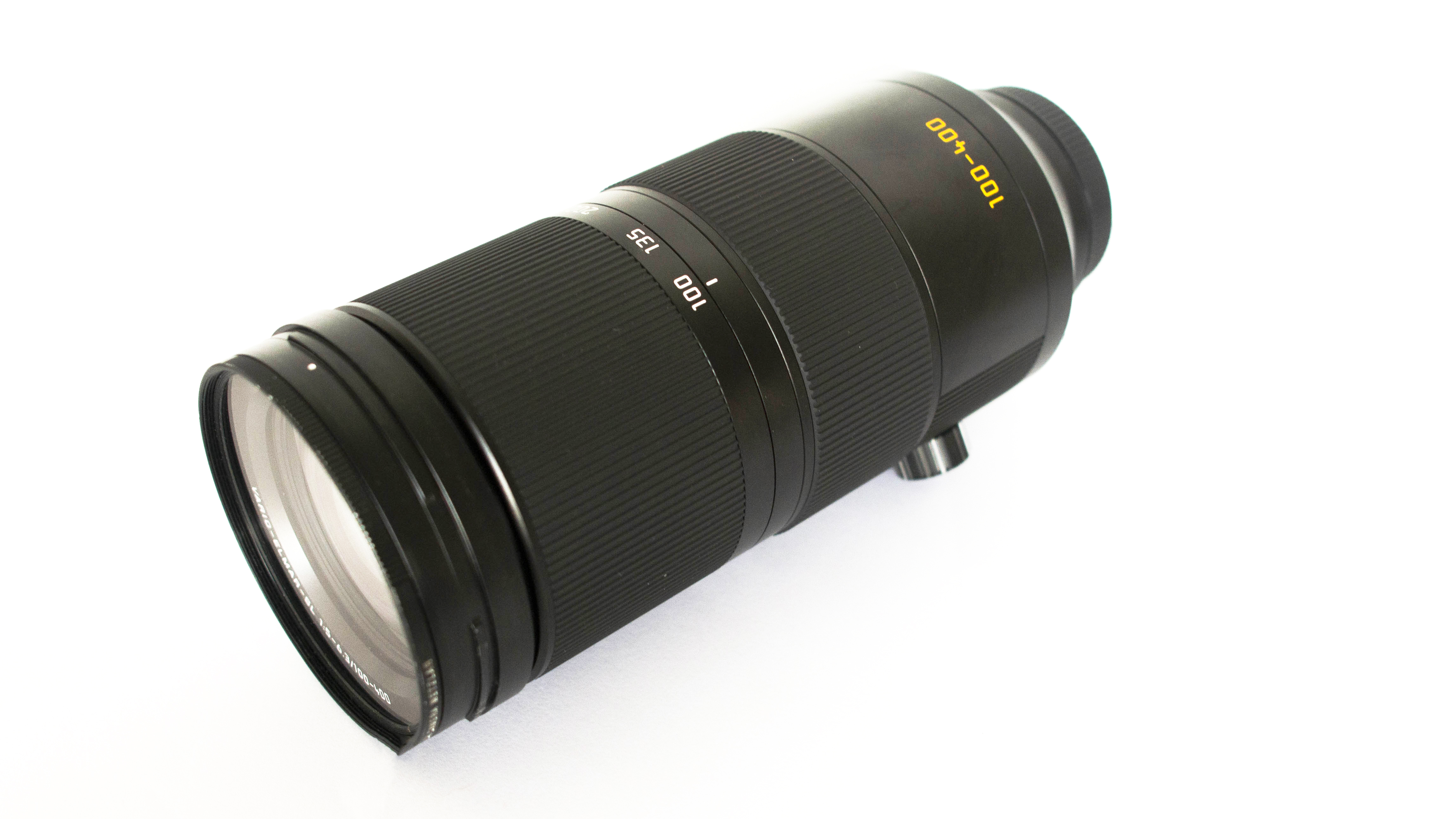
Specifications
Reasons to buy
Reasons to avoid
Generally, the optical performance of 100-400mm telephoto zooms can be a mixed bag at longer focal lengths, and with the Vario-Elmar-SL 100-400mm f/5-6.3 you might be worried you’re paying through the nose too. Well don’t be! Our lab tests reveal very good resolution right through the focal range and, more importantly, it’s consistent. You don’t have to dodge specific focal lengths or apertures to avoid any performance potholes. Better still, for a Leica lens, this isn’t even that expensive. The SL3 isn’t really cut out for high-speed sports and action, but if you do need to shoot longer range subjects, this lens is a great choice.
See our full Leica Vario-Elmar-SL 100-400mm f/5-6.3 review with lab tests
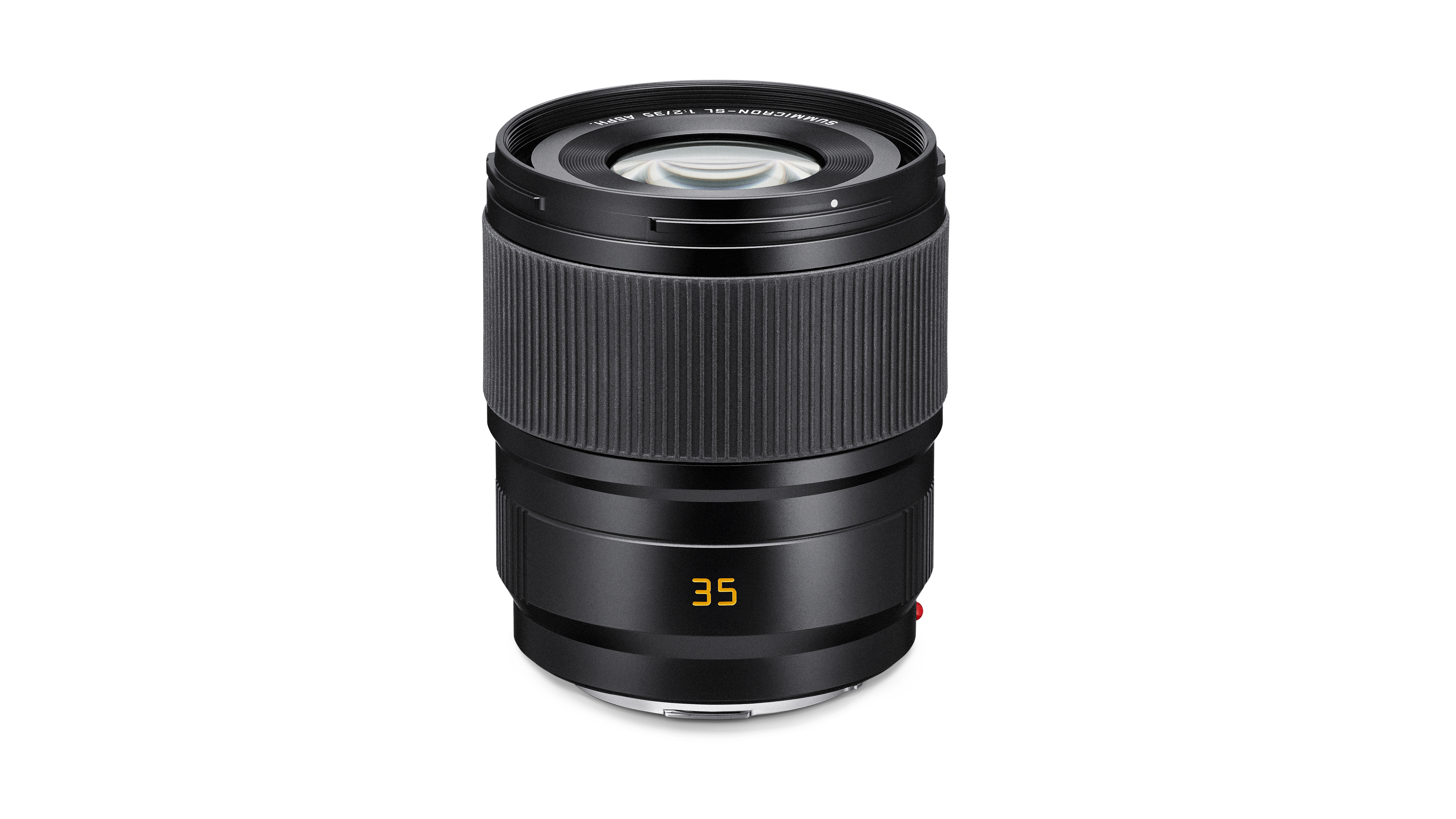
7. Leica Summicron-SL 35mm f/2 ASPH.
Specifications
Reasons to buy
Reasons to avoid
While Leica’s SL zooms are often surprisingly reasonable, its SL primes up the ante considerably. Some, like the Summicron-SL 35mm f/2 ASPH. also come in plain vanilla versions that are just about affordable but also more advanced ‘APO’ versions that cost twice as much. If you do want a couple of primes in your bag for occasional use, then the Summicron-SL 35mm f/2 ASPH. is a good entry point. It is only an f/2, which makes even this version seem pretty expensive, but it’s a nice lens and not too big and heavy to use. Frankly, though, you would be well advised to look at the much cheaper Sigma 35mm f/2 DG DN Contemporary too.
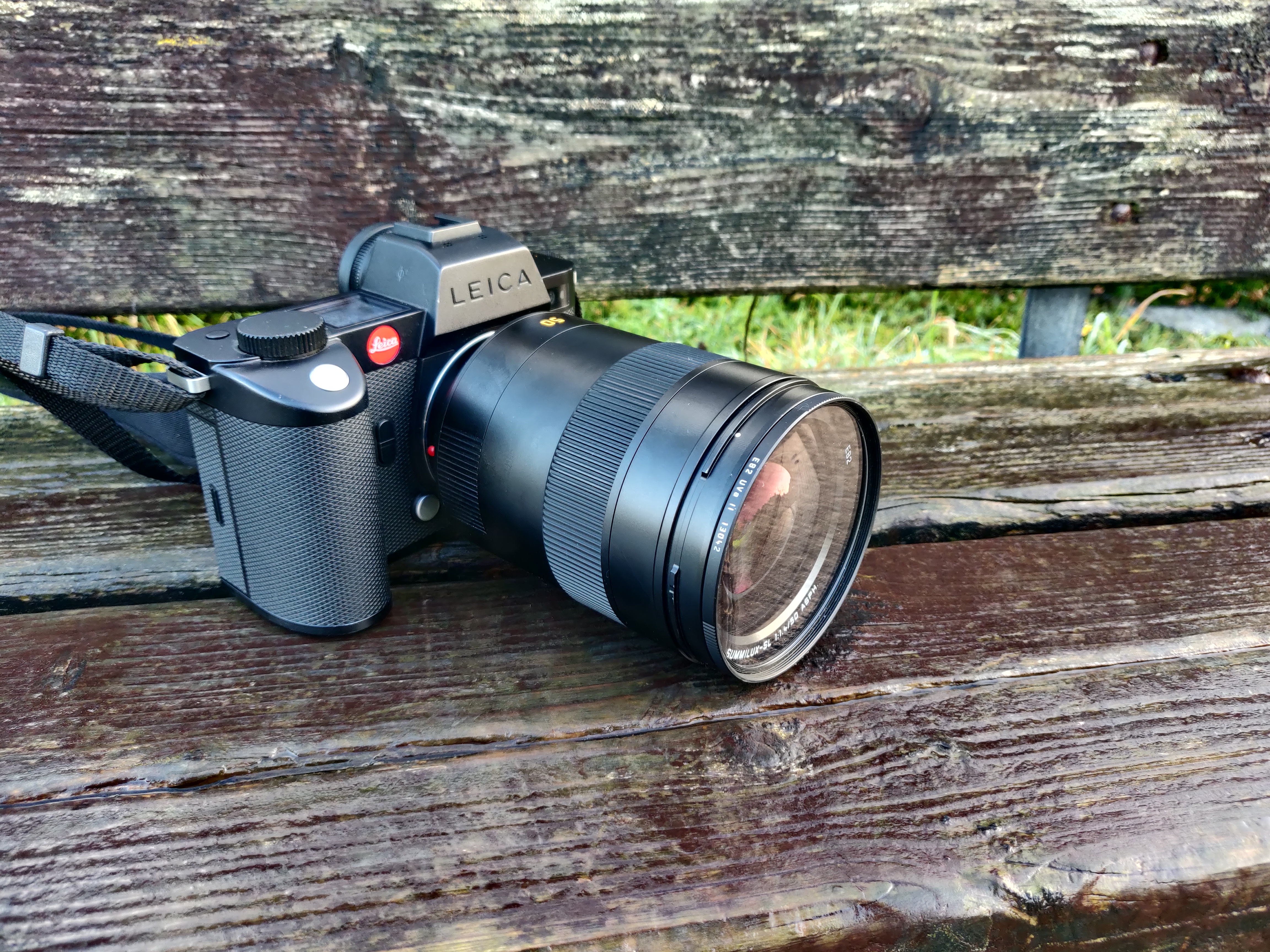
Specifications
Reasons to buy
Reasons to avoid
With the Leica Summilux-SL 50mm f/1.4 ASPH. you are getting what you are paying for in one sense because this is a very expensive lens and a very heavy one. With rival makers putting out 50mm f/1.2 lenses, this one offers distinctly mid-range specs. However, it does pay you back with superb center resolution – but the corner definition doesn’t really pick up until about f/5.6, which is a bit of a surprise. If you don’t definitely need f/1.4 and f/2 will do, then the Leica Summicron-SL 50mm f/2 ASPH. is much cheaper and lighter.
See our full Leica Summilux-SL 50mm f/1.4 ASPH. review with lab tests
Looking for something different? Check out the full range of the best Leica SL lenses
Get the Digital Camera World Newsletter
The best camera deals, reviews, product advice, and unmissable photography news, direct to your inbox!

Rod is an independent photography journalist and editor, and a long-standing Digital Camera World contributor, having previously worked as DCW's Group Reviews editor. Before that he has been technique editor on N-Photo, Head of Testing for the photography division and Camera Channel editor on TechRadar, as well as contributing to many other publications. He has been writing about photography technique, photo editing and digital cameras since they first appeared, and before that began his career writing about film photography. He has used and reviewed practically every interchangeable lens camera launched in the past 20 years, from entry-level DSLRs to medium format cameras, together with lenses, tripods, gimbals, light meters, camera bags and more. Rod has his own camera gear blog at fotovolo.com but also writes about photo-editing applications and techniques at lifeafterphotoshop.com
